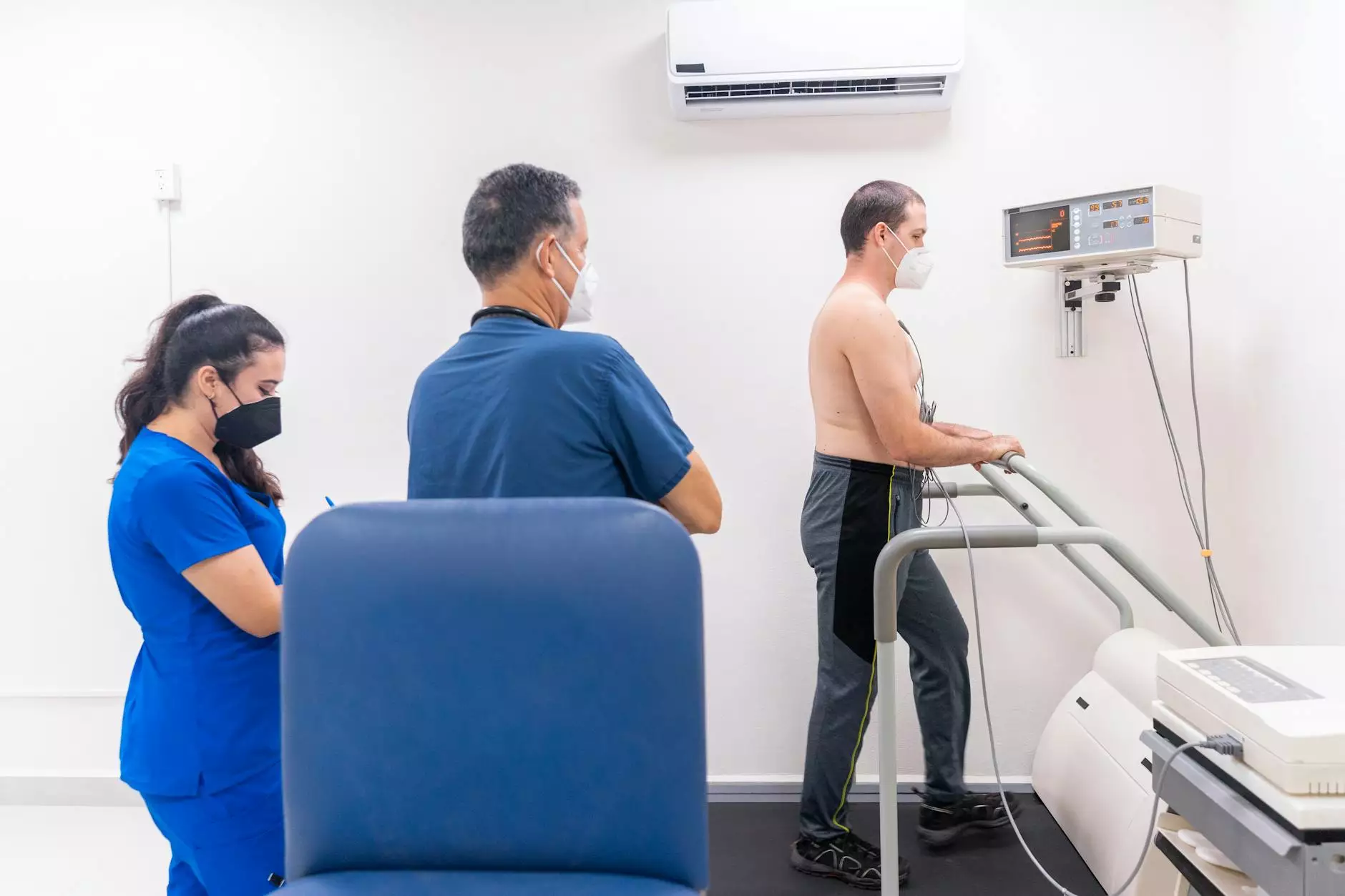A/B Testing: The Key to Effective Healthcare Communications
Blog
Welcome to Kimwell Nursing Home, the trusted provider of high-quality healthcare services in the field of Geriatric and Aging Care. Our commitment to innovation and patient-centric care has led us to explore new ways of improving healthcare communications. In this article, we will delve into the topic of A/B testing and its crucial role in enhancing the effectiveness of our communications strategies.
The Importance of Effective Healthcare Communications
Effective healthcare communications are essential for promoting positive patient experiences, ensuring optimal care outcomes, and building lasting relationships with our residents and their families. From appointment reminders and educational materials to post-discharge instructions and community engagement initiatives, every touchpoint we have with our patients requires thoughtful communication.
However, in a rapidly evolving digital landscape, it is necessary for healthcare organizations like Kimwell Nursing Home to adapt and optimize their communication channels continuously. This is where A/B testing comes into play as an invaluable tool in improving our messaging, engagement rates, and overall patient satisfaction.
What Is A/B Testing?
A/B testing, also known as split testing or bucket testing, is a controlled experiment conducted to compare two or more variations of a webpage, email, or any other type of content. It allows us to assess which version performs better based on predefined metrics, such as click-through rates, conversion rates, or time on page. By simultaneously displaying different variants to our users, we can analyze their behavior and make data-driven decisions about our future communication efforts.
Benefits of A/B Testing in Healthcare Communications
1. Enhanced Patient Engagement
Engaging patients is critical to facilitating proactive healthcare management. By A/B testing our communication materials, we can determine how different elements, such as language, imagery, or call-to-action buttons, impact engagement levels. This knowledge empowers us to create tailored content that resonates with our patients and encourages them to become active participants in their own care.
2. Improved Communication Efficiency
A/B testing allows us to identify the most effective communication channels and methods for reaching our target audience. We can test different platforms (e.g., email, social media, or SMS) and messages to optimize delivery and increase our chances of capturing the attention of our patients. This ultimately leads to more efficient communication and reduces the chances of important information being overlooked or disregarded.
3. Personalization and Customization
Thanks to A/B testing, we can analyze user preferences and adapt our communications to individual needs. By catering to different demographic segments or tailoring messages based on patient history or interests, we can create personalized experiences that foster trust and loyalty. A/B testing allows us to understand what resonates with each patient, ensuring that our communications are relevant and valuable to their specific situations.
4. Continuous Improvement
A/B testing is a continuous process of learning and optimization. By consistently testing and refining our communications, we can stay ahead of the curve in terms of industry trends and patient expectations. The insights gained from A/B testing provide us with actionable data that helps us iterate and improve our messaging, resulting in better patient experiences and outcomes.
Best Practices for A/B Testing Healthcare Communications
To achieve optimal results from A/B testing in healthcare communications, we follow these best practices:
1. Clearly Define Objectives
Setting clear objectives helps us focus our A/B testing efforts. Whether we aim to increase appointment confirmations, improve click-through rates on educational resources, or enhance patient satisfaction scores, defining measurable goals provides a more targeted approach to testing and optimization.
2. Test One Variable at a Time
Isolating variables is crucial in accurate testing. By changing only one element at a time, such as the subject line of an email or the wording of a call-to-action, we can pinpoint which specific variation drives the observed changes in user behavior. This allows for more conclusive and actionable insights.
3. Gather Sufficient Sample Size
Statistical significance is vital in A/B testing. To ensure reliable results, we collect a sufficient sample size before drawing conclusions. This reduces the chances of drawing misleading conclusions from small or biased datasets and ensures that our testing accurately reflects the preferences and behaviors of our patient population.
4. Continuously Monitor and Analyze Results
Active monitoring and analysis during A/B testing are crucial for identifying trends and patterns. We closely monitor key metrics and compare the performance of different variations to determine which communication strategy resonates best with our audience. By analyzing the results, we gain valuable insights that inform future iterations and improvements.
5. Implement Data-Driven Optimizations
Based on the insights garnered from A/B testing, we implement data-driven optimizations to refine our healthcare communications continually. By aligning our messaging with patient preferences and optimizing our channels and content, we create a seamless and engaging patient experience throughout their healthcare journey at Kimwell Nursing Home.
Conclusion
In the competitive landscape of healthcare communications, A/B testing emerges as a crucial tool for organizations like Kimwell Nursing Home to optimize messaging, engagement, and patient satisfaction. By harnessing the power of data, we can continuously improve our communications to better serve our patients and empower them to take charge of their health. Experience the Kimwell Nursing Home difference with our effective and personalized communication strategies today.




